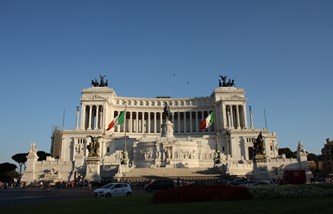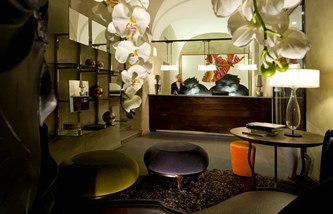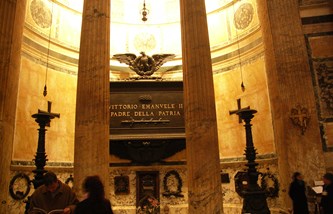Tours

Rome Tourist Card
Rome Tourist Card
Snap up the Rome Tourist Card and you'll get everything you need to explore Rome's top highlights including Colosseum, Palatine Hill, Roman Forum and Hop on/off bus. You can even choose the order you see things in.

Colosseum, Roman Forum & Palatine Hill: Priority Entrance
Colosseum, Roman Forum & Palatine Hill: Priority Entrance
Skip the long lines at the Colosseum with this priority-entrance ticket. This ticket will let you bypass the crowds. And after exploring the Colosseum you can head to the area of the Roman Forum and the Palatine Hill.
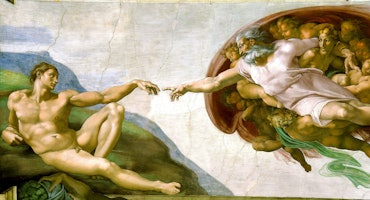
Vatican Museums & Sistine Chapel: Skip The Line
Vatican Museums & Sistine Chapel: Skip The Line
This ticket will make you save stress and time by allowing you to get priority entrance and skip the line. Visit the the countless masterpieces by Michelangelo, Raphael, Caravaggio, Tiziano and the Sistine chapel.
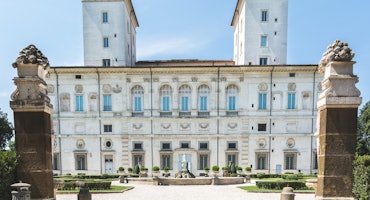
Borghese Gallery: Fast Track
Borghese Gallery: Fast Track
Galleria Borghese is located in the villa of the park Villa Borghese. Admire the architecture and furnishings of this beautiful villa. It is a museum full of art from the Renaissance. The collection includes several sculptures and paintings. Because of limited capacity get tickets for this museum weeks in advance.
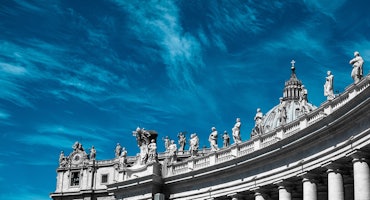
St. Peter’s Basilica: Dome Climb with Guide
St. Peter’s Basilica: Dome Climb with Guide
Get the most out of your visit to St. Peters with a guided tour to climb the basilica’s dome designed by Michelangelo and admire one of the stunning view. After the tour, you can explore the the basilica at your own pace.
Il Gesù in Rome
The church called Santissimo Nome di Gesù was built between 1558 and 1584. Translated into English, the name of the church would be the Most Holy Name of Jesus. The history behind the building of this worship site is strongly linked to one of the most important issues that the Catholic world had to face in the past: Martin Luther and the Protestant schism.
As soon as you walk in, past the facade designed by Giacomo Della Porta (the architect of the Spanish Steps and many other palaces and fountains in Rome) you’ll feel a very unique atmosphere, hanging between the rich Baroque style and the restoration works of the nineteenth century. Plus, the church hides an incredible feature, which can be interpreted as a sort of forerunner of our “special effects”: an original Baroque theater machine.
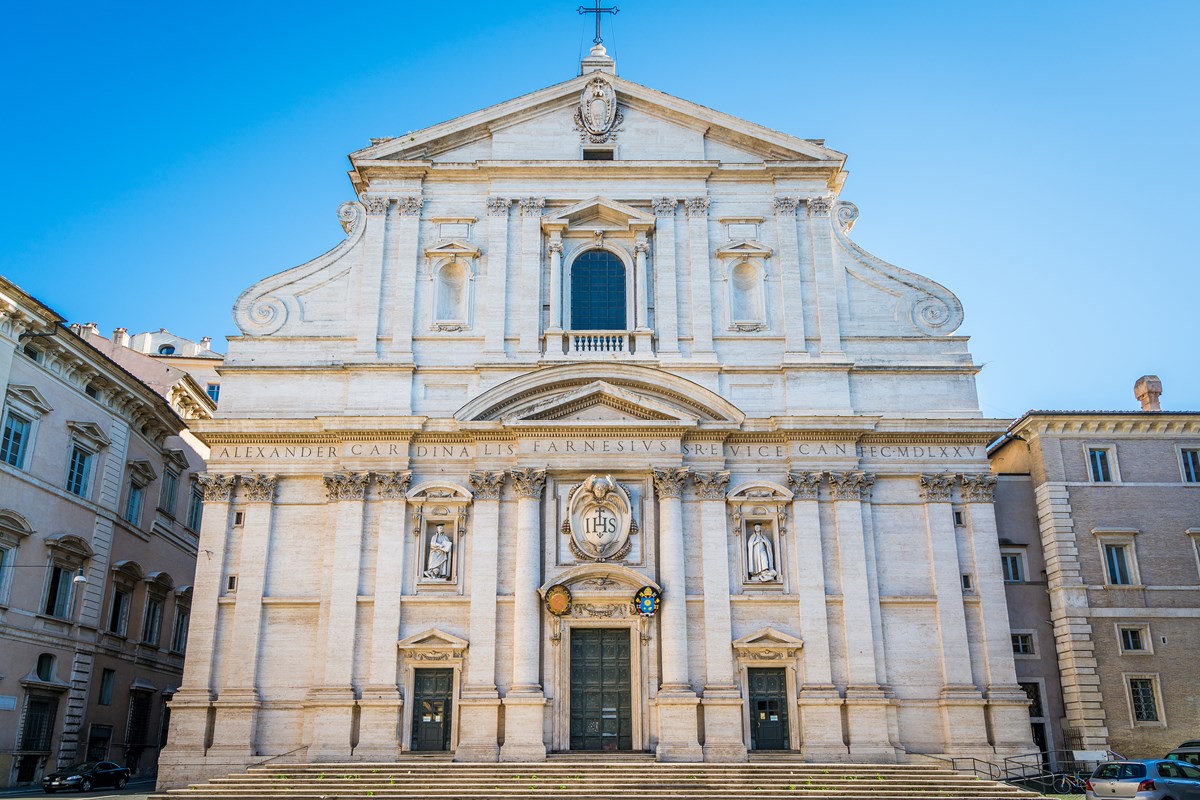
History
When Martin Luther became a menace, the Vatican decided to act and try to halt the spread of his doctrines. The Pope convoked a general assembly of the highest Catholic church representatives in Northern Italy (the Council of Trento), where the main theories and precepts were rejected and the Catholic values were reinforced in many ways.
The church of Il Gesù is the architectural answer to that famous council, as it’s built with one single central nave (aisle-less), and expands on a central axis,forming a cross, because the worshipers' attention had to be directed to the celebration around the main altar only. This also explains its sober and solemn design. It was all about strengthening the Catholic paradigms as opposed to the new dangerous current of thought.
The church was built after the request of Ignatius of Loyola, a clergyman proclaimed saint after his death, who was the founder of the order of the Jesuits. The funds came from the cardinal Alessandro Farnese, grandson of Pope Paul III and one of the most influential figures of the time, known as the Great Cardinal. He was actually appointed cardinal by his grandfather when he was only 14, which is a sign of how some families (mainly Borgia and Farnese) used to control the political world of the Vatican.
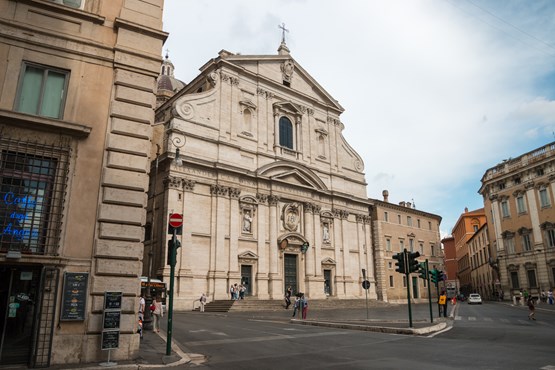
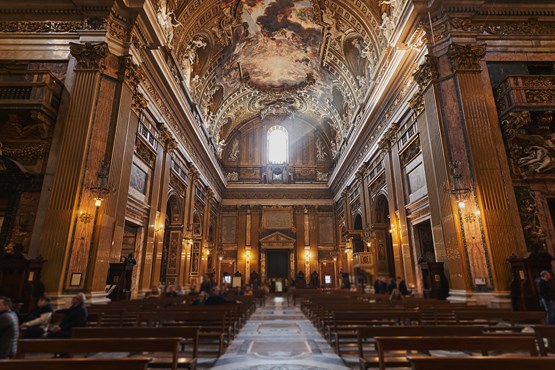
Alessandro later became a very educated man and one of the greatest patrons of all times. Not only did he fund the building of this church, but also the Farnese Gardens on the Palatine Hill, and many palaces and artworks, even outside the city of Rome. Following his latest will, he is buried in the church.
The Jesuits had a turbulent history in the Catholic society and establishment. At one point, they started to be considered too influential on an economic and political level, the Pope, pushed by the Portuguese and French monarchy, abolished the order in 1758. Later, the order was re-established in 1814, but, by that time, the church had undergone years of abandon and partial looting. Thanks to the Roman prince of the Torlonia family, the church was refurbished, even if some of these recent works have partially altered the original artistic peculiarity of the building.
Inside the Church
The original project was designed by Michelangelo, but the works were supervised by Vignola and, until their completion, by Della Porta.
The church has the shape of a Latin cross, with three chapels on each side, two larger atriums and two other identical chapels on the sides of the apse. The apse, the central nave and the central dome are decorated with paintings by Giovan Battista Gaulli, known as the “Baciccia”. The themes of the paintings are the Paradise (apse), the glory of the Lord (nave) and references to the Bible and to the life of the St. Ignacius from Loyola and St. Francis Xavier.
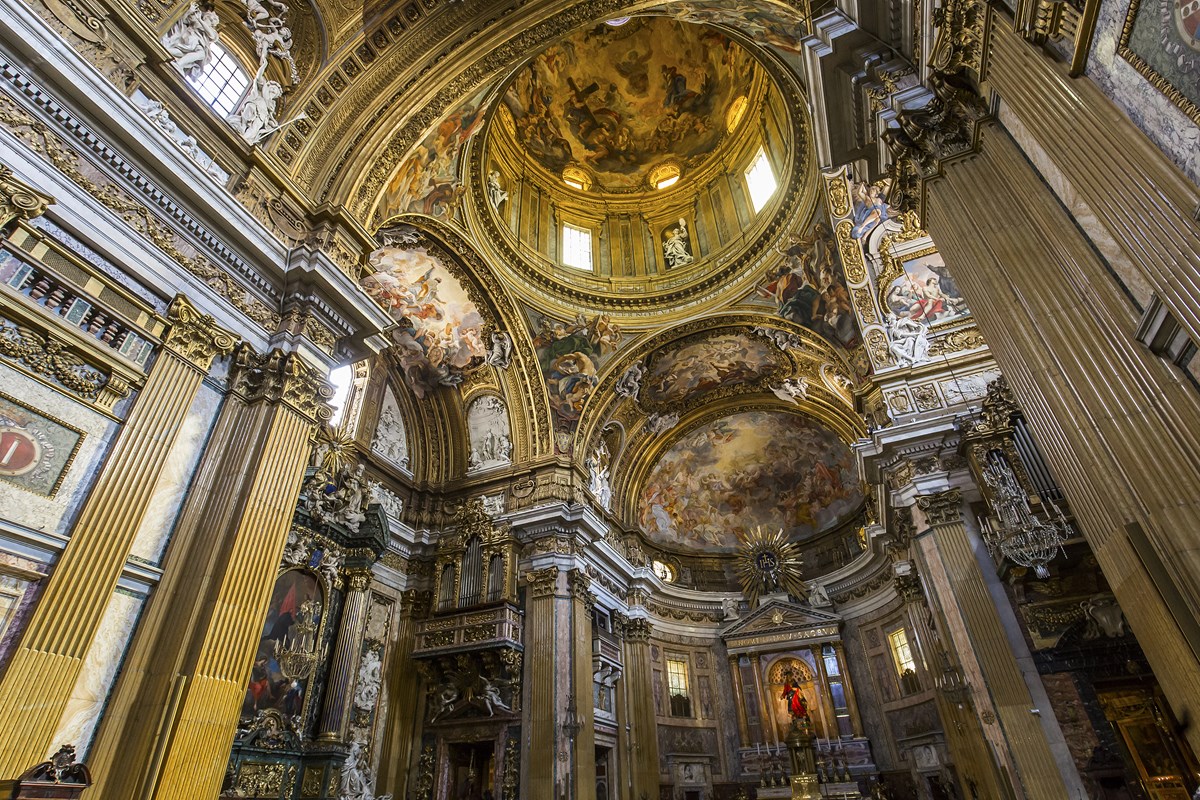
On the left hand side, one of the atriums hosts the magnificent altar dedicated to St. Ignacius, rich in gold, and precious stone decorations. The altar includes the funerary monument, and celebrates the life of the saint, offering the experience of an incredibly unique sacred theater.
In fact, every afternoon, at 17:30, the canvas of the painting goes down, such a stage curtain, and reveals the bronze statue covered in gold depicting St. Ignatius. This magical appearance is accompanied by sacred music and suggestive lighting. The Jesuits were fond of the theatrical representations, considered an effective way to represent the life and works of the saints. This Baroque machine, which was borrowed directly from the theater scene of the times, still works flawlessly.
Travel Info for il Gesù
The church is located in Piazza del Gesù, in the historical center and not far from Piazza Venezia and the Capitoline Hill. The church currently serves as headquarters for the order of the Jesuits and it’s open to the general public for celebrations and visits.
Opening hours are as follows:
Monday to Friday: 7:30-12:30; 17:00- 19:30
Saturday, Sunday and public holidays: 7:45-13:45; 17:00-20:00
FAQ
What is il Gesù in Rome?
Il Gesù it's short for 'Holy Name of Jesus' (Santissimo Nome di Gesù), and it's a Baroque church near to Venice square.
What can I see in the church of il Gesù?
The church is built in Baroque style, and has a beautiful dome and paintings of the artist called Baciccia. There is also a monumental altar with an original machine that moves revealing a statue of St. Ignacius.
Where is the church of il Gesu in Rome?
The church is not far from Piazza Venezia and the Capitoline Hill.
